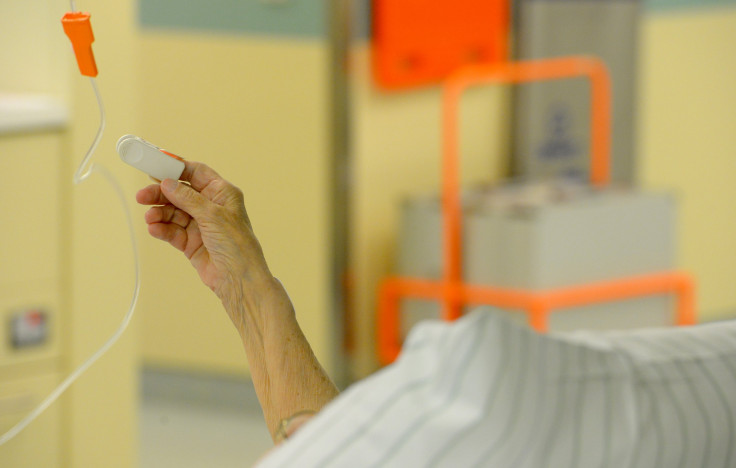What Is Vibrio Vulnificus? Flesh Eating Bacteria Cases Rise In 2018

Cases of the flesh-eating bacteria known as Vibrio vulnificus have seen an uptick over the past 10 years, as the disease has infected hundreds of people since then.
The infection, which can cause fevers, chills, joint pain and even death, has stricken 346 people in Florida since 2008, according to a report released January by the Florida Department of Health. Of those infected, 99 people have died because of the bacteria.
In 2017, the waterborne bacteria infected 49 people and caused 11 deaths. The number of cases had increased from 2016 when 10 people died after 46 people contracted the infection, the Miami Herald reported. Most infected individuals usually recover, however, those who are immunocompromised, including kidney and liver disease, are especially at risk.
Vibriosis is responsible for an estimated 80,000 infections and 100 fatalities nationwide, according to The Centers For Disease Control and Prevention(CDC).
This month, a Dallas woman died after she became infected with the flesh-eating bacteria from eating oysters, CBS DFW reported. Jeanette LeBlanc had extreme respiratory distress and blistered skin. She required two surgeries to remove dead tissue caused by the infection. LeBlanc died after three weeks of treatment.
"But the bacteria is so aggressive it kills the kidneys. They had to start her on dialysis," said widow Vicki Berquist. "It really worked on her liver and did a lot of damage. It really, really wracked her body."
Vibrio vulnificus is a bacterium that typically exists in warm seawater requiring salt for survival. The disease can happen through consumption of contaminated seafood or from water containing the bacteria seeping into an open wound. But, the infection is considered rare, according to the CDC.
Some steps can be taken to reduce chances of infection. The CDC suggested limited consumption of raw oysters or other raw shellfish. Wear protective clothing while in contact with raw seafood and avoid exposure of open cuts to warm salt and brackish water.
© Copyright IBTimes 2025. All rights reserved.





















